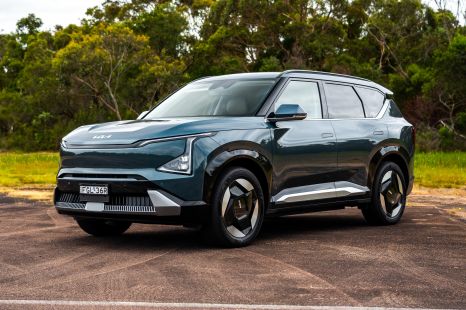

James Wong
2025 Kia EV5 Earth AWD review
4 Days Ago

News Editor
In its switch to an agency sales model, Honda set a goal of selling 1650 vehicles per month. It missed that goal (~20,000 cars) last year, and it warns it could do the same in 2023.
“It’s definitely our target, it’s just all going to depend on supply. Pace and demand is there, it’s just whether or not we can get [those vehicles],” said Honda Australia boss Carolyn McMahon.
“COVID-related supply is not allowing us to be exactly where we want to be growing.”
“What we are happy about is the demand for our product, demand is where we thought it would be. You know, we went into this model [with] 20,000 unit [as] our strategic volume level.
“That’s where demand is, so that’s fantastic.”
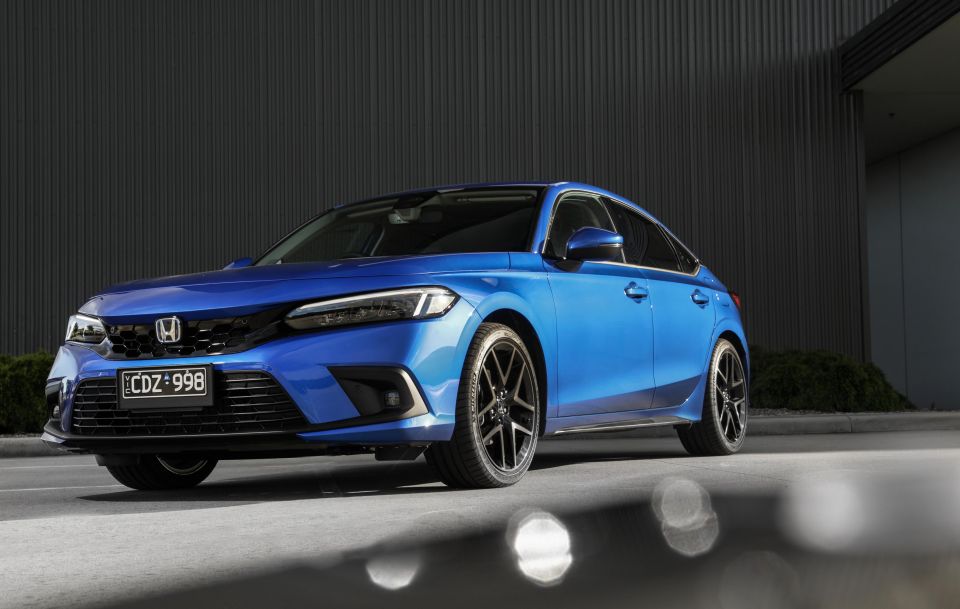
Ms McMahon cited strong demand for hybrid versions of the HR-V and Civic in particular, as well the continued popularity of the CR-V.
Strong demand for the hybrids is butting up against weak supply. Honda Australia quotes a 6-7 month wait for deliveries of the hybrid HR-V, around twice as long as for the petrol model, while customers who order a Civic hybrid now won’t take delivery until mid-2024.
Honda Australia sold just 14,215 vehicles in Australia last year, a 19.1 per cent drop on the previous year which had already been the brand’s worst year on record since 1997.
That’s a long way down from Honda’s high watermark in 2007, when it sold 60,529 vehicles, though Honda Australia says it’s not going anywhere and also won’t become an SUV-only brand.
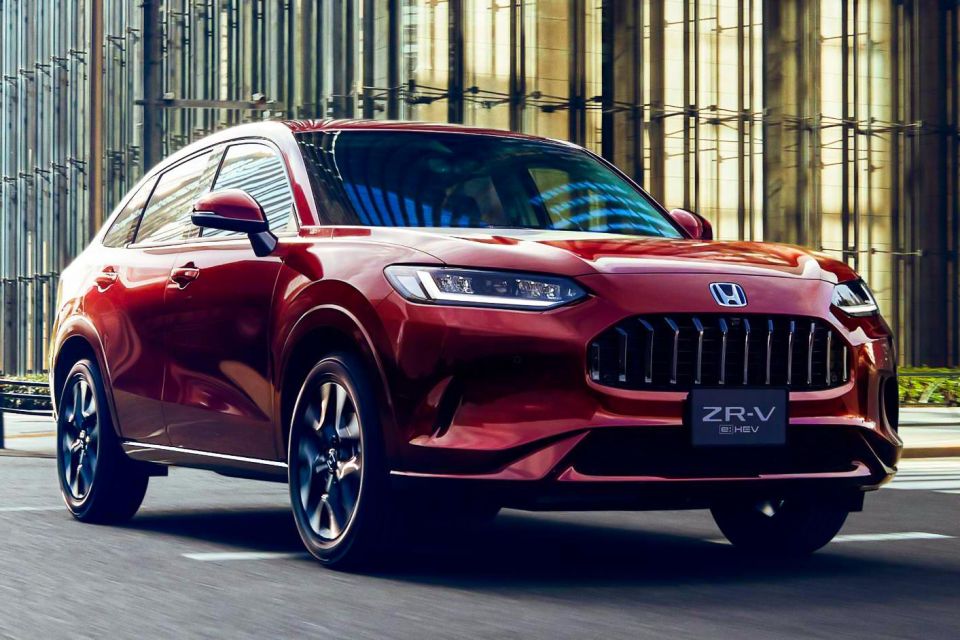
It hasn’t gotten off to a strong start in 2023 – sales are down 9.7 per cent to February compared with the first two months of last year.
But a lifeline may come mid-year in the form of the ZR-V, which will give Honda a third entry in an SUV market that continues to boom.
It’s being pitched as a mid-sized model, and is almost identical in footprint to the current CR-V.
The latter model is growing with its next generation, which has been confirmed for Australia and will gain a hybrid option locally – though just when the new model will arrive remains under wraps.
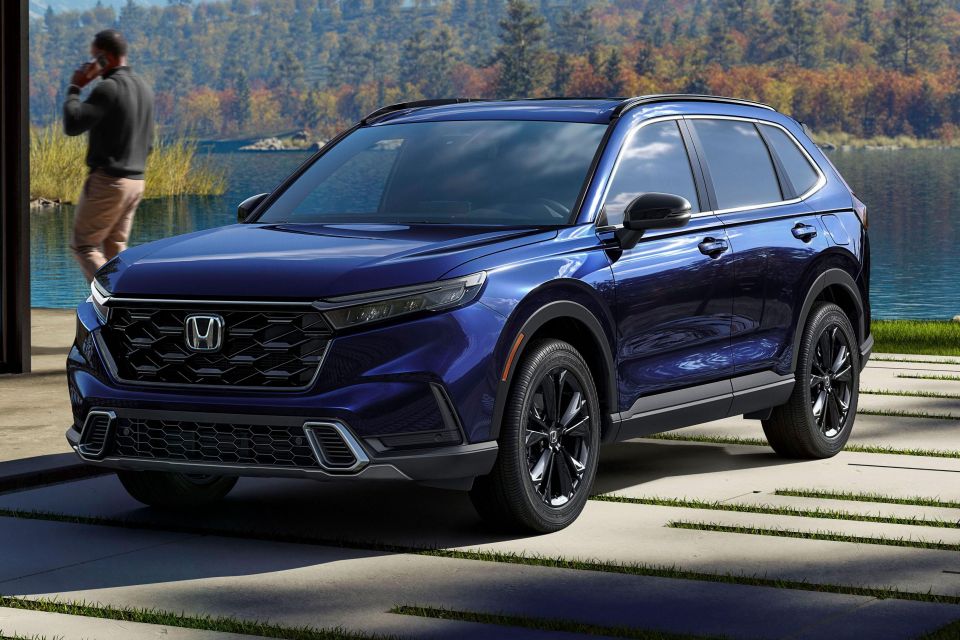
“It’s been 18 months now, since we went agency. And as the director in charge of that transformation, we planned for everything except a pandemic,” said Ms McMahon.
“So, basically, implementation went well. We’re well planned, [but] there’s been some challenges because of the pandemic.
“But essentially, we’re happy with where we’re at, the market has accepted the model. We think our dealers are happy with the model.
Honda switched to an agency sales model in July 2021, which sees it own all its own stock – instead of its franchise dealerships – and sell vehicles nationally at fixed prices.
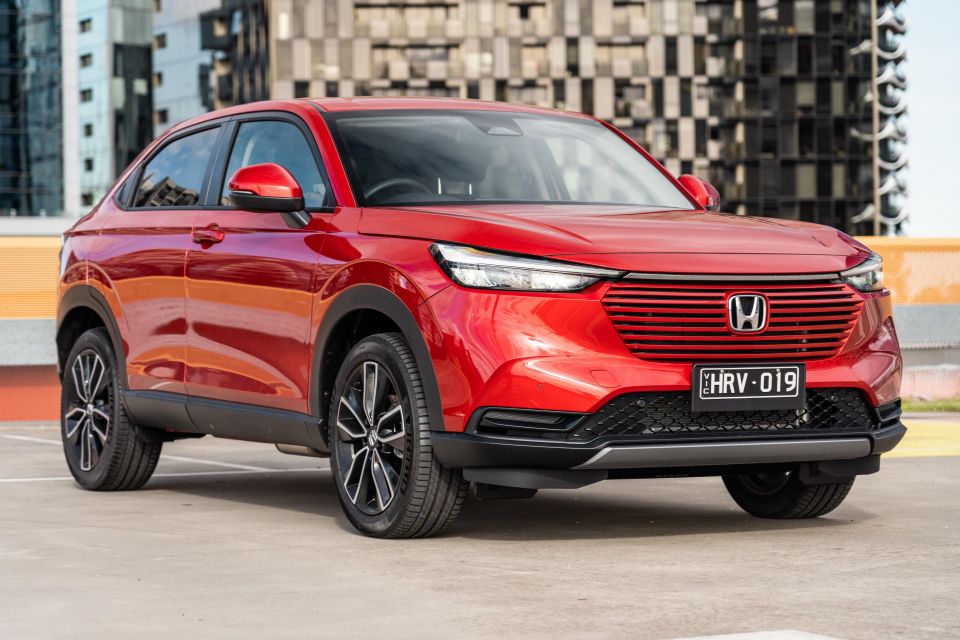
This transition also saw Honda pare down its dealership network and model line-up and focus on higher-spec vehicles.
With the new 11th-generation Civic, for example, the base price shot up by over $15,000, while the latest HR-V’s entry price climbed by over $5000.
With Honda having already axed the City and Jazz locally, that makes the brand’s cheapest the outgoing CR-V Vi at $35,900 drive-away.
Where expert car reviews meet expert car buying – CarExpert gives you trusted advice, personalised service and real savings on your next new car.
William Stopford is an automotive journalist based in Brisbane, Australia. William is a Business/Journalism graduate from the Queensland University of Technology who loves to travel, briefly lived in the US, and has a particular interest in the American car industry.


James Wong
4 Days Ago


Angus MacKenzie
3 Days Ago


Paul Maric
2 Days Ago
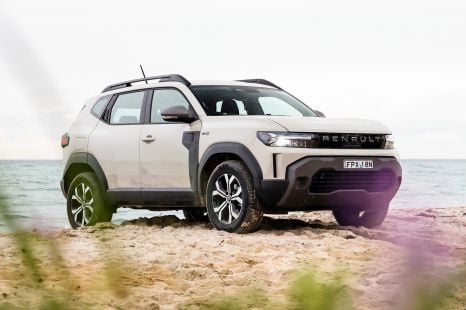

Max Davies
1 Day Ago
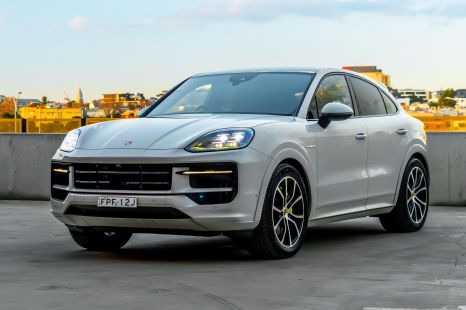

James Wong
1 Day Ago


Damion Smy
14 Hours Ago